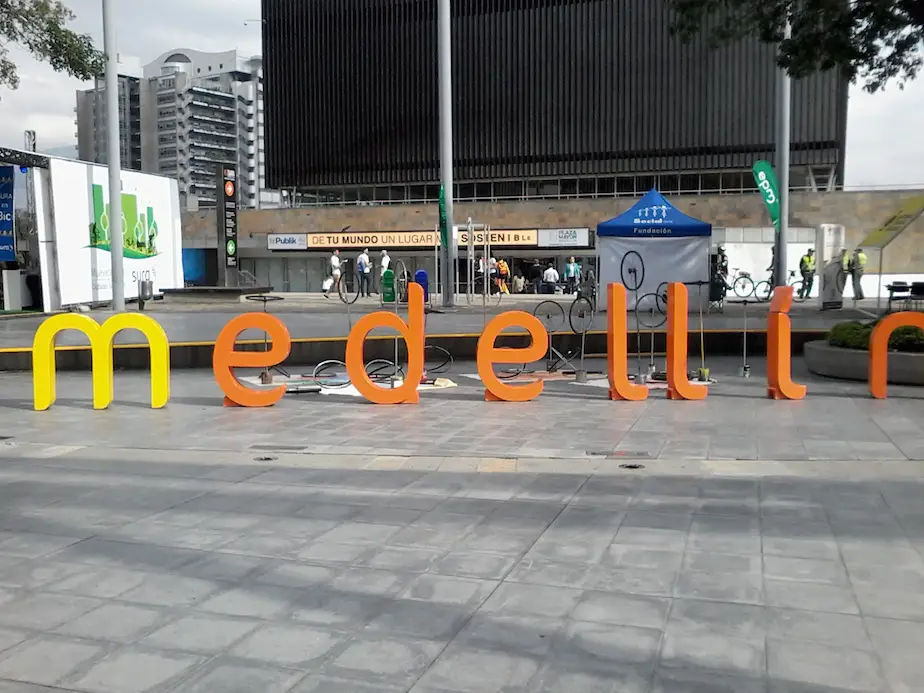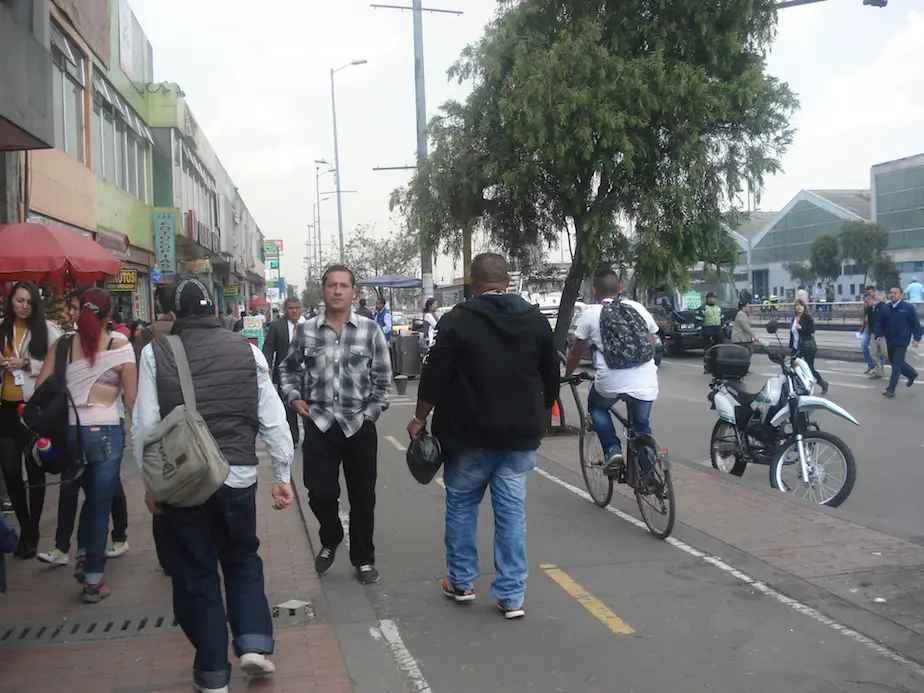Lessons From Cairo: How Small Scale Urban Initiatives can Improve a City
Cairo, like many cities, is deeply wounded by fragmentation and heterogeneity. It is a complex city with a broken public realm. And while policymakers use lack of money as an excuse for not making substantial improvements, money has no relation with innovation and creativity. Inexpensive, short-term actions can give people the confidence that something is taking place.
Imagine a city as an urban envelope made up of floors, walls, roofs, and dwellers. How can these simple components, with limited capacity, make change?
Some recent small-scale Egyptian urban initiatives, when compared with the government’s expensive plans, are powerful in drawing people into spaces. These following initiatives are good ‘urban acupunctures’ that might heal Cairo.
The ‘Carpet’ of Cairo


The way the floor of the city is paved is extremely significant in terms of a sensual experience of walking and sense of place. In Freiburg in Germany, every street in the old city has its unique floor laid in a pretty design of pebbles of distinct colors and sizes. Oppositely, Cairo has paid no attention to its paving. Consequently, CLUSTER (Cairo Lab for Urban Studies, Training and Environmental Research), DEDI (the Danish Egyptian Dialogue Institute) and CKU (the Centre for Culture and Development in Copenhagen) announced the launch of ‘Cairo Downtown Passages’. The purpose of this initiative is to redesign underutilized downtown passages. The Kodak and Phillips Passageways have been used as two pilot sites. A design workshop was held in April 2014 engaging multiple stakeholders among which are residents, shop owners, street vendors and heritage conservation organizations. The project is a good example for participatory planning and an idea for redesigning downtown’s in-between spaces that might lead to broader changes. Find out more here.
Coloring Cairo
Cairo is known for being one of the most crowded cities in the word. The city is usually covered with a grey cloud of dust and smog. But colors directly influence our health and mood. Can coloring the “grey city” reduce the frustration of local citizens and improve their mood, satisfaction and productivity? Two independent initiatives have recently been launched to color Cairo:
Coloring a Grey City

A group of undergraduate students studying interior design at Helwan University’s Faculty of Fine Arts launched a campaign for colouring staircases, walls, and lamp posts in order to add comfort happiness and joy to the working-class in Cairo. The group roamed the city to add brightness to its streets and to introduce a touch that might change people’s live. The initiative aims to cover the whole country. Notably, governmental support was limited to granting permission to paint. Find out more here.
Cairo Dish-Painting Initiative

The Cairo skyline is covered with millions of dusty satellite dishes. This depressing view was a source of inspiration for the American artist Jason Stoneking who decided to change the face of rooftops in Cairo. He started painting rooftops in Ard-Ellewa – an informal settlement in the western part of Cairo where he lives. Many residents invited him to paint more dishes in Ard-Ellewa and in other places within the city. This innovative intervention might add brightness and dynamism to the townscape of Cairo. Find out more here.
Funny Cairo
How can we make some fun in Cairo and how much does it cost? Two guys carried out a street experiment in Cairo: Hossam Atef, a freelance photographer, persuaded his friend Atef Saad, a chef, to play Spiderman on Cairo’s streets. Atef wore a Spiderman costume and roamed the streets of the capital to highlight the everyday challenges Cairenes face. I an amusing manner, Superman fails to get on an overcrowded bus, squats on the top of a taxi, drives a tuk-tuk, and smokes shisha on a rooftop. The experiment showed that even superheroes can’t handle the Egyptian lifestyle. This local initiative can bring happiness to and foster solidarity among Cairenes.
Money is not the issue when trying to make a change. Short-term actions should be integrated with long-term plans. Accordingly, the government should change its strategy of building more and more mega-projects. Involving community as well as starting local small actions seems to be good for all. Genuine public participation encourages social integration and solidarity, but local initiatives should be supported from all stakeholders to guarantee their continuity. Short-term actions can be tested and can build trust through showing the community that change is occurring. People are the source of inspiration for everything and they have the right to be empowered.
Abdelbaseer A. Mohamed is a short-term scholar at American University in Washington DC and a PhD student at Ain Shams University, Cairo, Egypt.


